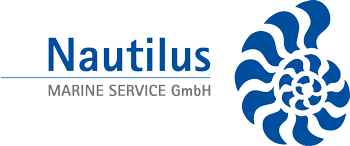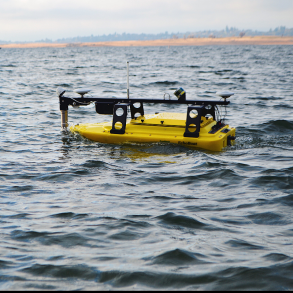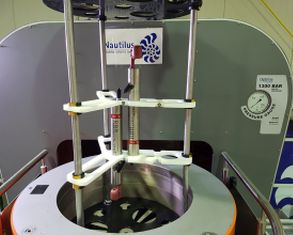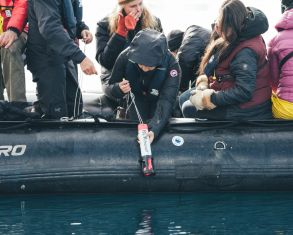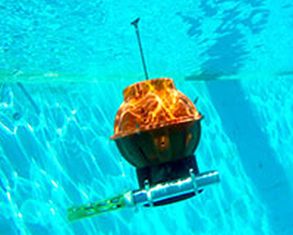Seit 1973 entwickelt und fertigt RBR Global ozeanografische Instrumente in Ottawa, Kanada.
Vom Abgrund des Ozeans bis zur polaren Eiskappe verfolgen ihre Sensoren die Wasserparameter: Temperatur, Tiefe, Salzgehalt, gelöste Gase, pH-Wert und viele andere.
Stellen Sie Ihre innovativen Ideen und Methoden zur Vermessung des blauen Planeten vor und nehmen Sie an der RBR2020-Cohort teil. Bewerbungsschluss ist der 15. Dezember 2019.
RBR wird bis zu 20 Nachwuchsforscher aus der ganzen Welt auswählen, um sich der RBR2020-Cohort anzuschließen. Das Programm läuft über zwei Jahre, um Ihre Projektideen zu entwickeln, Messungen durchzuführen und Ihr Forschungsnetzwerk zu erweitern. Während der Zeit wird Ihnen besondere Unterstützung durch RBR und etablierte Mentoren gewährt.
Im Rahmen des Programms haben Sie unter anderem die Möglichkeit sich RBR Geräte für Ihre Projekte zu leihen, eine Woche in der RBR Zentrale mit den Wissenschaftlern, Ingenieuren und Kalibrierungstechnikern zu arbeiten oder 1000 $ für ein Reisestipendium zu sammeln, um Forschungsergebnisse auf internationalen Konferenzen zu präsentieren.
Informationen zur Bewerbung an der RBR2020-Cohort finden Sie unter www.rbr-global.com
